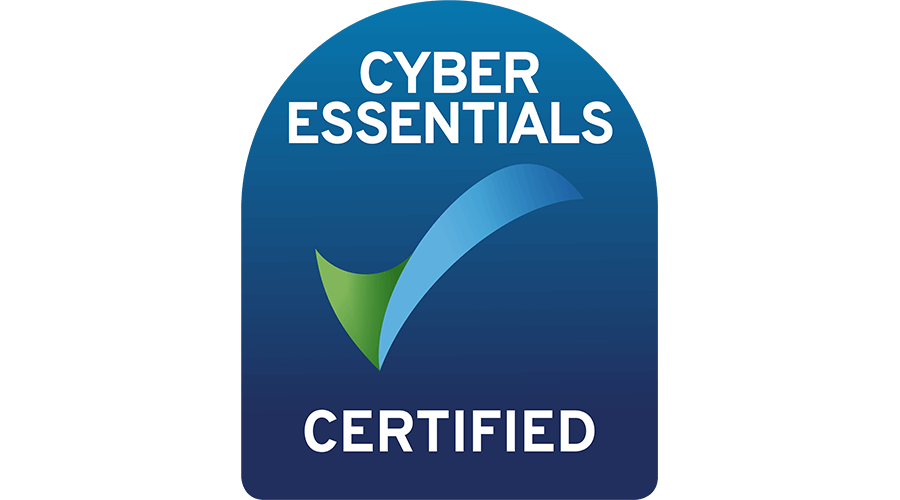Apache Kafka is a popular platform for building real-time data pipelines and streaming applications. One critical aspect of managing data in Kafka is handling the evolving structure of the data produced and consumed by various applications. This is where the Kafka Schema Registry comes into play.
What is Schema Registry?
The Kafka Schema Registry is a centralized service that manages the schemas (the structure of data) for Kafka messages. It acts as a repository for schemas and provides a way to ensure that producers and consumers agree on the structure of the data being exchanged in Kafka topics. This is particularly useful in situations where different applications or services might produce and consume data with varying schemas.
By using the Schema Registry, you can ensure that the data being produced and consumed adheres to a predefined schema, which improves compatibility, data validation, and evolution of data over time.
Key Benefits of Schema Registry
Schema registry benefits:
- Schema Evolution: As applications evolve, so does the data they produce. With the Schema Registry, you can handle changes to the data structure seamlessly, allowing for backward and forward compatibility. This is crucial when dealing with evolving systems and the need to maintain consistency.
- Data Validation: The Schema Registry ensures that the data produced and consumed adheres to the defined schema. This validation helps catch errors early in the data processing pipeline, reducing data-related issues downstream.
- Compatibility: The Schema Registry helps avoid data compatibility issues between different versions of the same schema. This is essential when dealing with applications developed by different teams, allowing them to communicate effectively using a shared schema.
- Centralized Management: The Schema Registry provides a centralized location for managing schemas. This makes it easier to track schema changes, manage access controls, and enforce governance policies.*# Use Cases of Schema Registry
- Multi-tenant Environments: In scenarios where multiple teams or applications share the same Kafka cluster, the Schema Registry ensures that each application can produce and consume data with its designated schema, preventing conflicts.
- Real-time Analytics: Schema Registry helps in maintaining a consistent structure for streaming data used in real-time analytics. This ensures that data is correctly interpreted and analyzed.
- Regulated Industries: For industries with strict data governance requirements, Schema Registry ensures that data adheres to predefined standards, maintaining consistency and accuracy.
Integration with Avro
The Schema Registry often integrates with Avro, a binary data serialization format that provides schema evolution support. Avro schemas define the structure of data, making it a natural fit for the Schema Registry. Avro allows for schema evolution through the addition, removal, or modification of fields while maintaining compatibility with older versions.
When using Avro with the Schema Registry, the actual schema is registered in the registry, and Kafka messages carry a reference (schema ID) to that registered schema. This approach combines the benefits of Avro’s schema evolution with the central management and compatibility enforcement provided by the Schema Registry.
Conclusion
The Kafka Schema Registry is a powerful tool that enhances data compatibility, validation, and evolution in Kafka-based data pipelines. By managing schemas centrally, it helps ensure that the data produced and consumed in Kafka topics follows a consistent and agreed-upon structure, making it an essential component for building robust and resilient real-time streaming applications.



